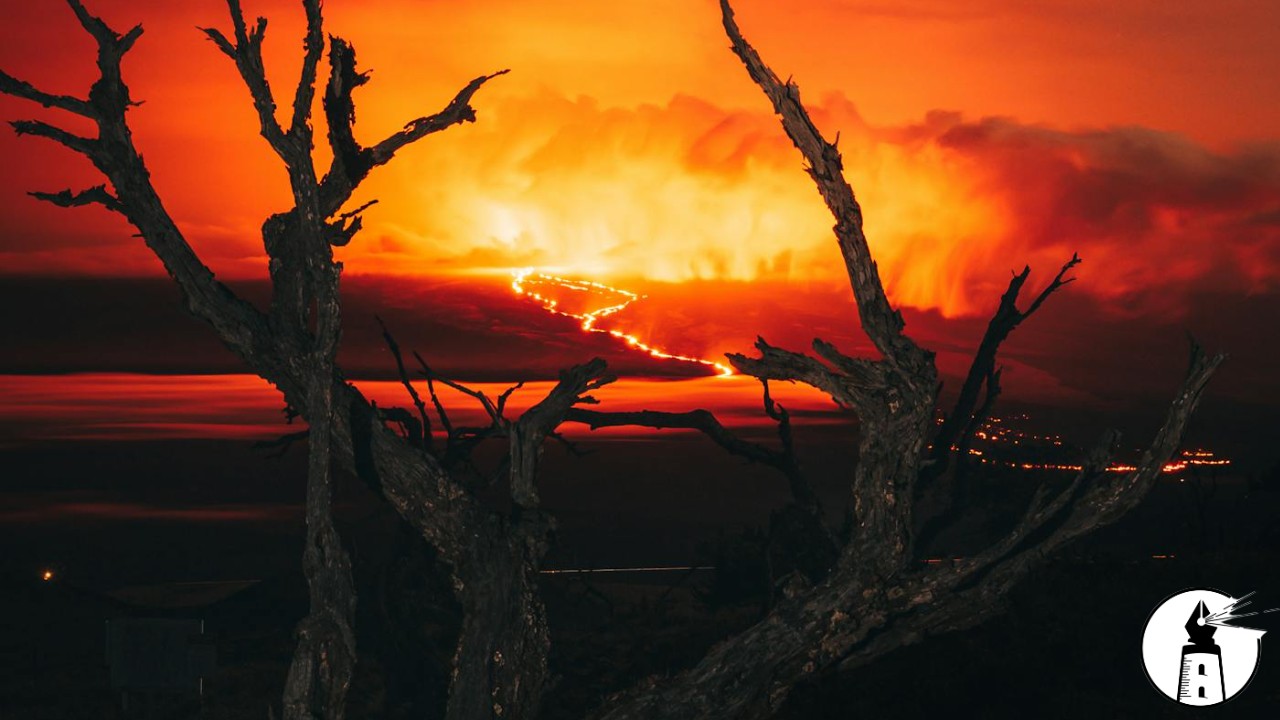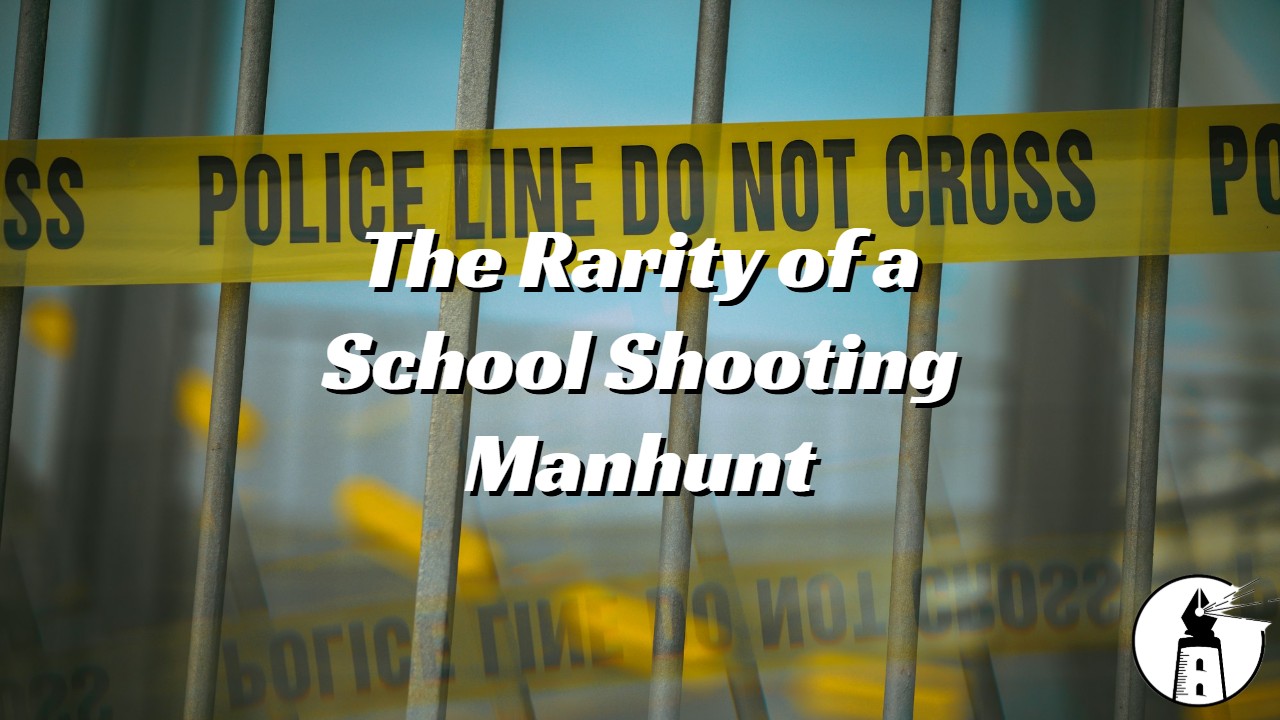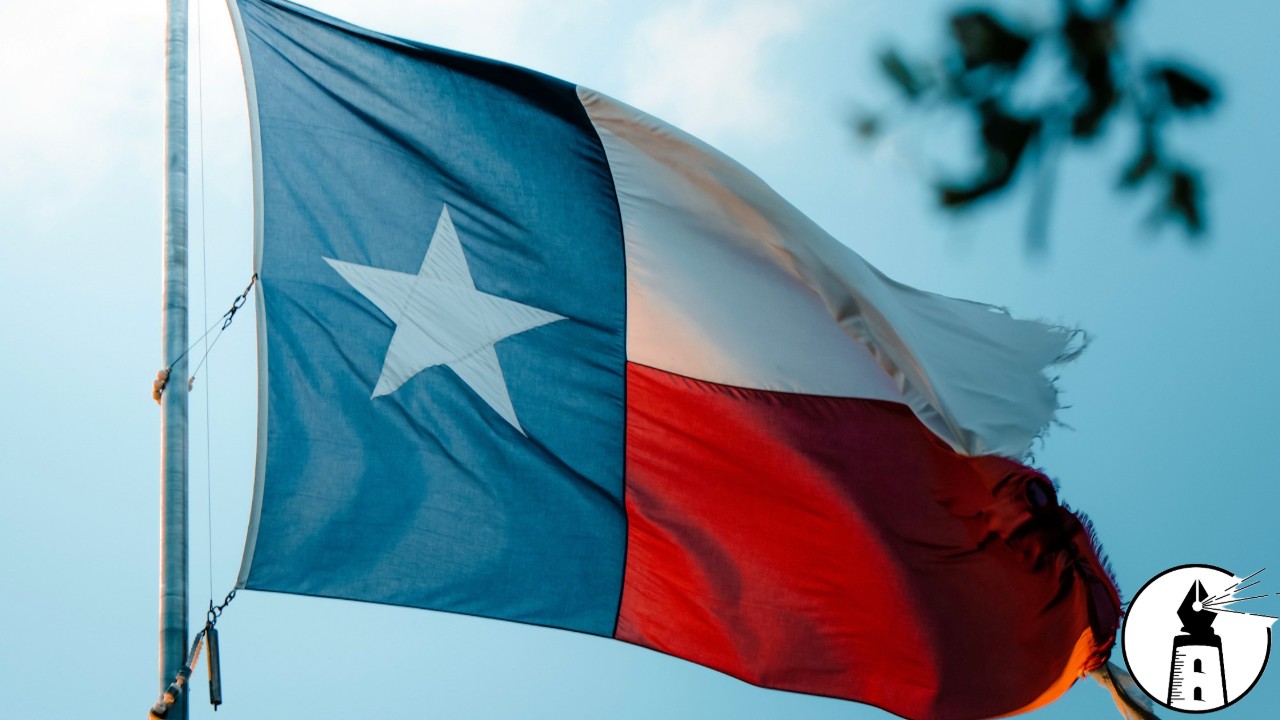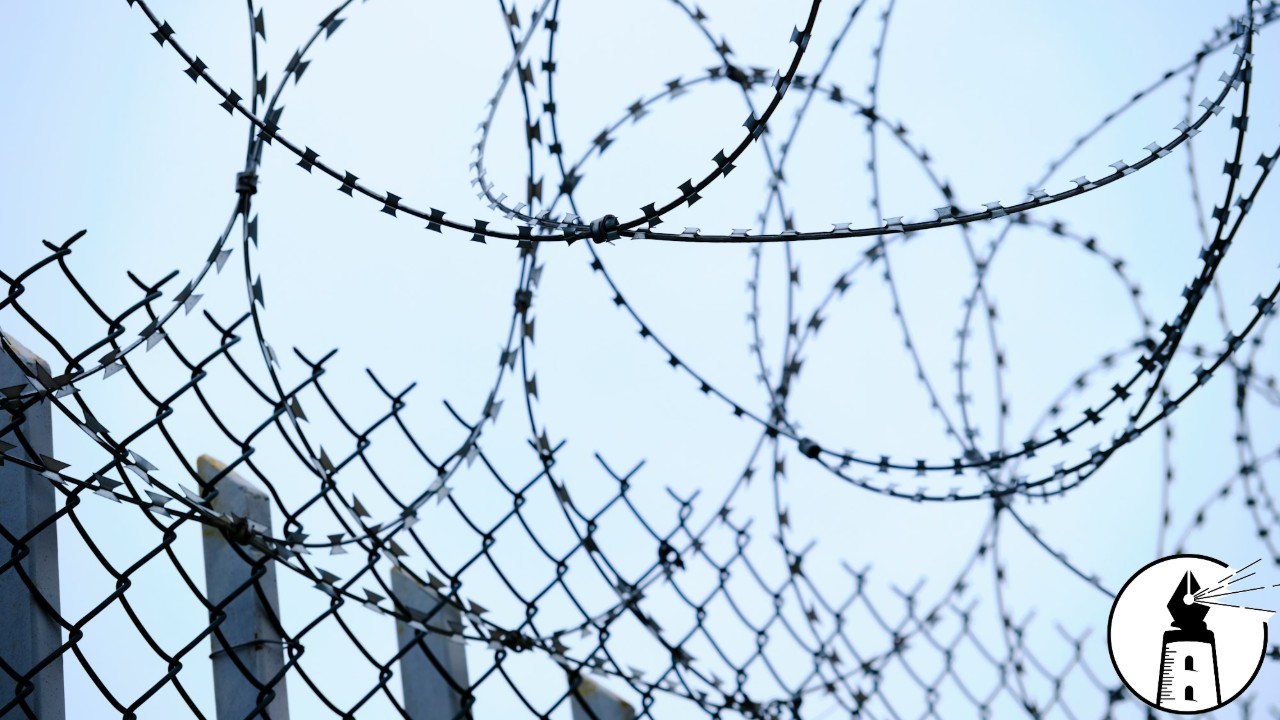As Los Angeles grapples with multiple devastating wildfires, including the Palisades, Eaton, Hurst, and Woodley fires, questions about preparedness and leadership are burning as hot as the flames themselves. The warning signs of this disaster were clear, yet the city and county’s response has revealed critical gaps in readiness and infrastructure, leaving thousands of Angelenos to fend for themselves in the face of unprecedented destruction.
The Perfect Storm
The National Weather Service issued warnings days in advance, citing strong winds and “extreme fire conditions” that should have set alarm bells ringing in every corner of local government. Yet, as the fires began to ignite, critical firefighting resources, hydrants, water pressure, and personnel were woefully inadequate. The Los Angeles Department of Water and Power (LADWP) reported that water tanks serving Pacific Palisades hydrants ran dry as early as 5 p.m. on Tuesday, leaving firefighters battling the Palisades Fire with dozens of ‘dry’ hydrants. This systemic failure severely hampered efforts to contain the nearly 16,000-acre blaze that has destroyed 1,000 structures and displaced countless residents.
Leadership Under Fire
The lack of preparation extends beyond infrastructure. Mayor Karen Bass, on a diplomatic mission to Ghana when the fires erupted, left acting Mayor Marqueece Harris-Dawson to manage the initial response. While Bass remained in contact with city officials remotely, her absence during this critical moment has drawn fierce criticism. Critics argue that her decision to leave despite clear fire warnings reflected a troubling lack of foresight. Real estate developer and former mayoral candidate Rick Caruso, whose daughter lost her home in the fires, described the city’s leadership as “terrible” and accused Bass of prioritizing diplomacy over disaster management.
Even more troubling is the acknowledgment from Los Angeles County Fire Chief Anthony Marrone that the region simply doesn’t have enough firefighters to handle multiple large-scale fires. This shortfall, exacerbated by years of underfunding and understaffing, left Angelenos in the Palisades and Altadena resorting to garden hoses and buckets to protect their homes. In some cases, these makeshift efforts were the only reason certain properties survived.
A History of Neglect
The current crisis is not an isolated incident but the result of years of chronic underinvestment in Los Angeles’ infrastructure. Councilmember Traci Park aptly described the hydrant issue as a symptom of the city’s aging and neglected water system. Rick Caruso went further, calling it a “systemic problem” that city leaders have failed to address despite repeated warnings.
The fire response was also hampered by logistical challenges. While the LADWP deployed water tankers to assist firefighters, the tankers had to refill in remote areas due to the depleted water supply, delaying critical operations. This failure to ensure a robust and reliable firefighting infrastructure has turned what could have been a manageable crisis into a full-blown disaster.
Help on the Horizon
State, federal, and out-of-state agencies are now stepping in to fill the gaps. The California National Guard has deployed 200 personnel and 10 helicopters, while additional firefighters from Northern California and other states, including Phoenix, are en route. Federal assistance includes U.S. Forest Service air tankers and helicopters. But these reinforcements, while welcome, beg the question: Why wasn’t the city better prepared in the first place?
The Human Toll
The true cost of this lack of preparedness is measured in lives lost, homes destroyed, and the immense strain placed on residents. In Altadena, where the Eaton Fire has consumed over 10,000 acres and destroyed 100 structures, some residents stayed behind to protect their homes, risking their lives because they felt they had no other choice. Their stories highlight not just their bravery but also the glaring gaps in the city’s emergency response.
Looting has further compounded the crisis, with arrests reported in areas ravaged by the fires. Residents expressed frustration and disbelief, saying, “What’s there to rob if it burns down?” This chaos underscores the need for stronger coordination between firefighting and law enforcement agencies during such emergencies.
Accountability is Key
As Los Angeles moves toward recovery, the focus must shift to accountability. Why were warnings ignored? Why wasn’t the city better prepared for what was clearly a foreseeable disaster? The answers to these questions will determine whether future crises are met with proactive solutions or the same reactive scrambling we’re witnessing now.
The current wildfires are a stark reminder that natural disasters don’t wait for leaders to get their act together. Los Angeles residents deserve better: a city that prioritizes their safety, invests in its infrastructure, and ensures that its leaders are present and prepared when disaster strikes.
Final Thoughts
It’s time for Los Angeles to stop treating wildfires as anomalies and start preparing for them as inevitabilities. That means upgrading aging infrastructure, adequately funding fire departments, and ensuring that leadership is present and proactive. Without these changes, the next fire season could bring even more devastation.
Los Angeles has an opportunity to learn from this tragedy. The question is, will it?
—By Greg Collier



